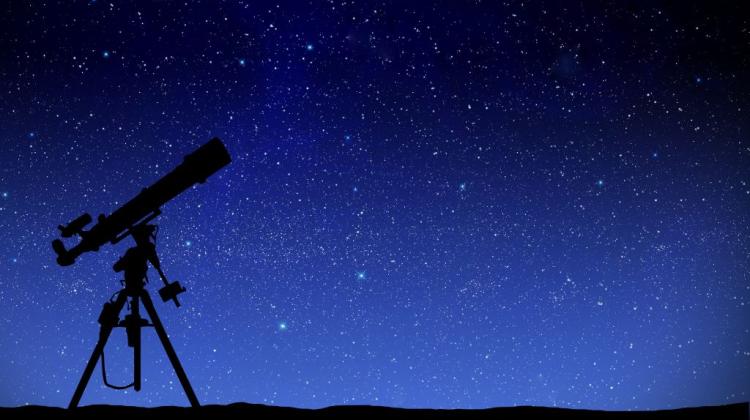Eclipsing binary EE Cep observation campaign

We are launching a new observational campaign for one of the most interesting eclipsing binaries in our sky, EE Cep - announced the Nicolaus Copernicus Astronomical Center PAS in Warsaw on its website.
EECep is an unusual long-period (5.6 yr) eclipsing binary. Eclipses clearly vary in terms of both depth and duration at different epochs. The shortest can last for about a month, and the longer over two months. The depth varies from 0.6 to about 2 magnitudes.
EE Cep is a binary system consisting of a large Be type star and a dark dusty disk surrounding an invisible companion. Two observational campaigns carried out in 2003 and 2008/9 allowed to verify the system parameters and explore its nature.
Now astronomers led by Dr Cezary Gałan from the Nicolaus Copernicus Astronomical Center PAS in Warsaw have announced another global EE Cep observation campaign. It is associated with the next eclipse, the center of which falls on Aug. 23, 2014. Scientists predict that the eclipse should be very deep (about 2 mag), and easy to observe.
The main objectives of the current campaign is to determine the exact structure of the disk around the unseen companion, and determine the precession period.
EE Cep campaign is open not only to professional astronomers, but also astronomy enthusiasts from around the world. EE Cep is a relatively bright object, the maximum luminosity reaching 11 magnitudes. This means that the brightness assessment can be made with small amateur telescopes equipped with digital image detectors.
PAP - Science and Scholarship in Poland
aol/ agt/ mrt/
tr. RL
Przed dodaniem komentarza prosimy o zapoznanie z Regulaminem forum serwisu Nauka w Polsce.















